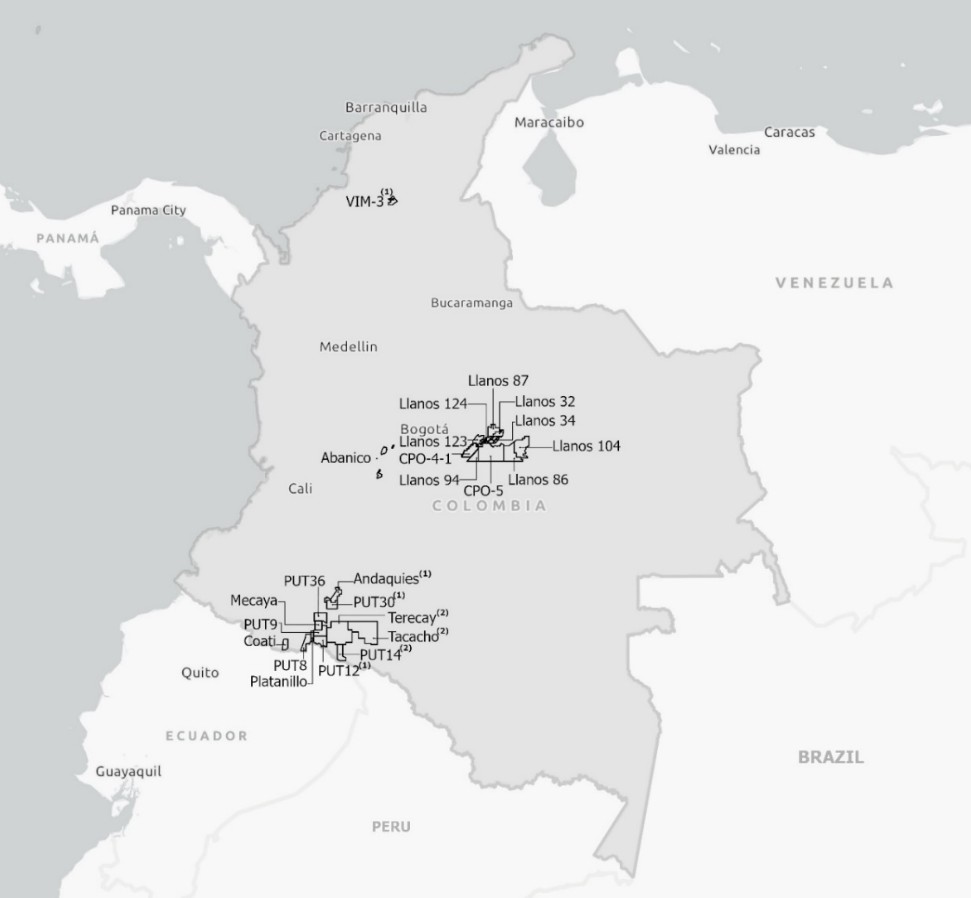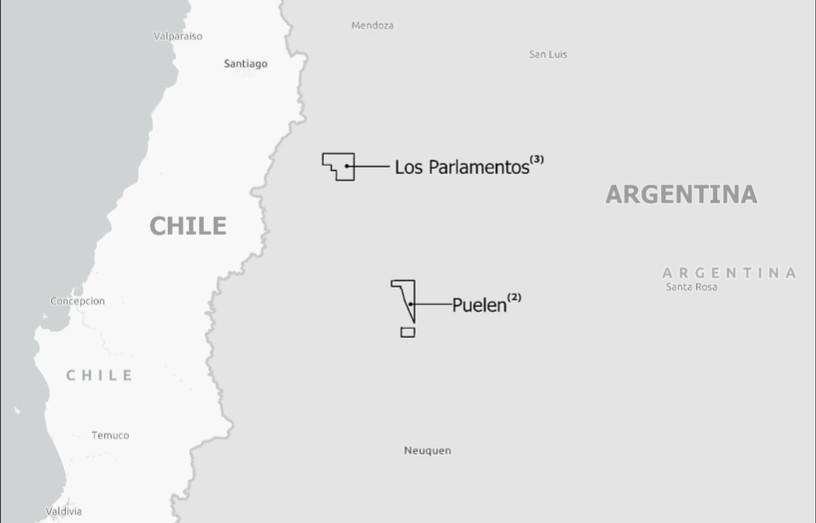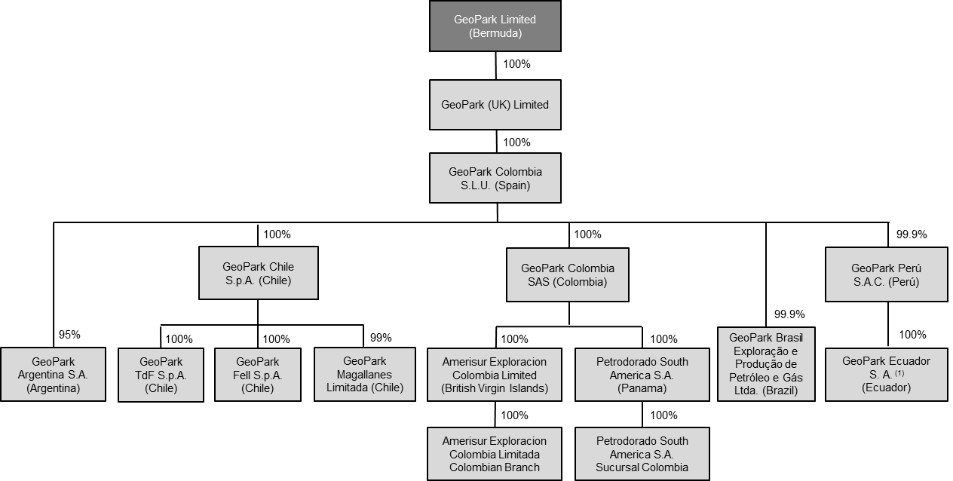26.1.2 Stock Award Program and Other Share Based Payments
Non-Executive Directors Fees
During 2022, the Company issued 75,636 (64,269 in 2021 and 60,204 in 2020) shares to Non-Executive Directors in accordance with contracts as compensation, generating a share premium of US$ 1,040,000 (US$ 861,000 in 2021 and US$ 665,000 in 2020). The amount of shares issued is determined considering the contractual compensation and the fair value of the shares for each relevant period.
Stock Award Program and Other Share Based Payments
On July 15, 2022, 52,058 common shares were issued as part of the founding executive employment agreement in place with the former Chief Executive Officer (104,439 in 2021), generating a share premium of US$ 800,000 (US$ 800,000 in 2021).
On November 12, 2020, 499,614 common shares were allotted to the trustee of the Employee Beneficiary Trust (“EBT”) to be assigned to certain employees as part of their 2019 bonus compensation, generating a share capital and share premium of US$ 1,000 and US$ 4,351,000, respectively.
On January 2, 2020 and 2019 (50% each year, as set up in the plan), the vested Value Creation Plan (“VCP”) awards, representing 2,976,781 common shares, was issued to key management (including 878,150 common shares issued to Directors involved in the performance of the Company), generating a share premium of US$ 4,668,000 (50% each year).
26.1.3 Buyback Program
On February 10, 2020, the Company’s board of directors approved a program to repurchase up to 10% of its shares outstanding or approximately 5,930,000 shares. The repurchase program began on February 11, 2020 and was suspended in April 2020 as part of the revised work program for 2020 because of the COVID-19 pandemic and the oil price crisis. During 2020, the Company purchased 316,445 common shares for a total amount of US$ 3,071,000. These transactions had no impact on the Group’s results.
On November 4, 2020, the Company’s board of directors approved a new program to repurchase up to 10% of its shares outstanding or approximately 6,062,000 shares. The repurchase program began on November 5, 2020 and was set to expire on November 15, 2021. On November 10, 2021, the Company’s board of directors approved the renewal of this repurchase program until November 10, 2022. Finally, on November 9, 2022, the Company’s board of directors approved a new renewal of the program to repurchase up to 10% of our shares outstanding or approximately 5,854,285 shares until December 31, 2023. During 2022, the Company purchased 2,743,722 common shares (960,454 in 2021 and 101,986 in 2020) for a total amount of US$ 36,265,000 (US$ 11,841,000 in 2021 and US$ 938,000 in 2020). These transactions had no impact on the Group’s results.
26.2 Cash distributions
On November 6, 2019, the Company’s board of directors declared the initiation of quarterly cash distribution.
The following table summarizes the cash distributions for each of the years presented:






